Reza Asadi
Mixture of In-Context Prompters for Tabular PFNs
May 25, 2024Abstract:Recent benchmarks found In-Context Learning (ICL) outperforms both deep learning and tree-based algorithms on small tabular datasets. However, on larger datasets, ICL for tabular learning cannot run without severely compromising performance, due to its quadratic space and time complexity w.r.t. dataset size. We propose MIXTUREPFN, which both extends nearest-neighbor sampling to the state-of-the-art ICL for tabular learning model and uses bootstrapping to finetune said model on the inference-time dataset. MIXTUREPFN is the Condorcet winner across 36 diverse tabular datasets against 19 strong deep learning and tree-based baselines, achieving the highest mean rank among Top-10 aforementioned algorithms with statistical significance.
Deep Learning with Kernel Flow Regularization for Time Series Forecasting
Sep 23, 2021



Abstract:Long Short-Term Memory (LSTM) neural networks have been widely used for time series forecasting problems. However, LSTMs are prone to overfitting and performance reduction during test phases. Several different regularization techniques have been shown in literature to prevent overfitting problems in neural networks. In this paper, first, we introduce application of kernel flow methods for time series forecasting in general. Afterward, we examine the effectiveness of applying kernel flow regularization on LSTM layers to avoid overfitting problems. We describe a regularization method by applying kernel flow loss function on LSTM layers. In experimental results, we show that kernel flow outperforms baseline models on time series forecasting benchmarks. We also compare the effect of dropout and kernel flow regularization techniques on LSTMs. The experimental results illustrate that kernel flow achieves similar regularization effect to dropout. It also shows that the best results is obtained using both kernel flow and dropout regularizations with early stopping on LSTM layers on some time series datasets (e.g. power-load demand forecasts).
Clustering of Time Series Data with Prior Geographical Information
Jul 03, 2021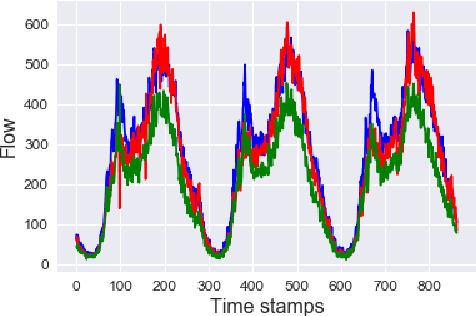
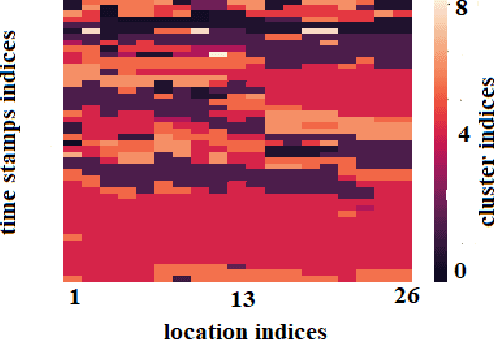
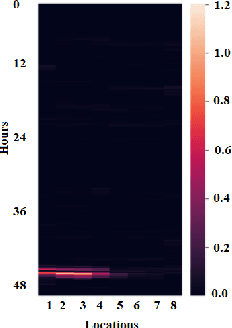
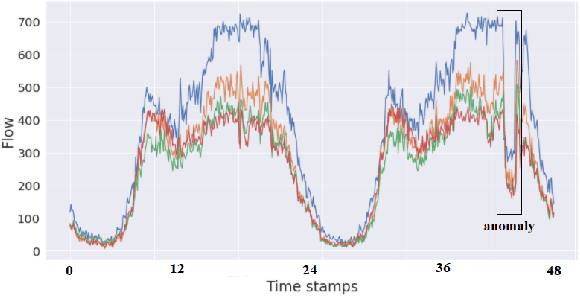
Abstract:Time Series data are broadly studied in various domains of transportation systems. Traffic data area challenging example of spatio-temporal data, as it is multi-variate time series with high correlations in spatial and temporal neighborhoods. Spatio-temporal clustering of traffic flow data find similar patterns in both spatial and temporal domain, where it provides better capability for analyzing a transportation network, and improving related machine learning models, such as traffic flow prediction and anomaly detection. In this paper, we propose a spatio-temporal clustering model, where it clusters time series data based on spatial and temporal contexts. We propose a variation of a Deep Embedded Clustering(DEC) model for finding spatio-temporal clusters. The proposed model Spatial-DEC (S-DEC) use prior geographical information in building latent feature representations. We also define evaluation metrics for spatio-temporal clusters. Not only do the obtained clusters have better temporal similarity when evaluated using DTW distance, but also the clusters better represents spatial connectivity and dis-connectivity. We use traffic flow data obtained by PeMS in our analysis. The results show that the proposed Spatial-DEC can find more desired spatio-temporal clusters.
A convolution recurrent autoencoder for spatio-temporal missing data imputation
Apr 29, 2019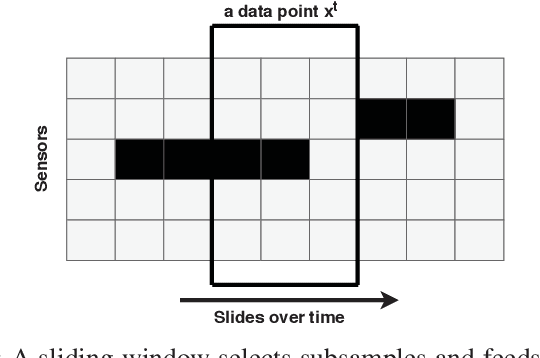
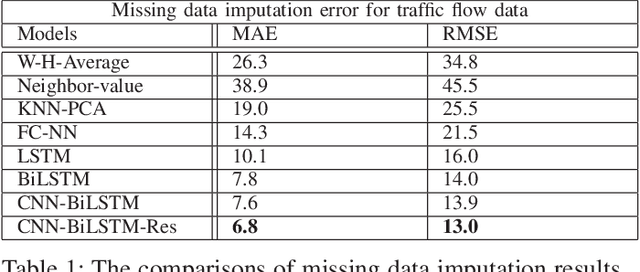
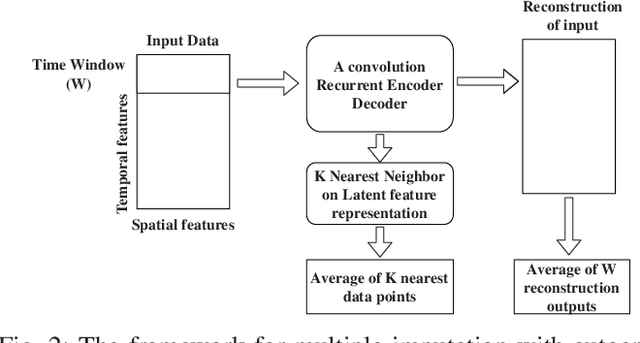
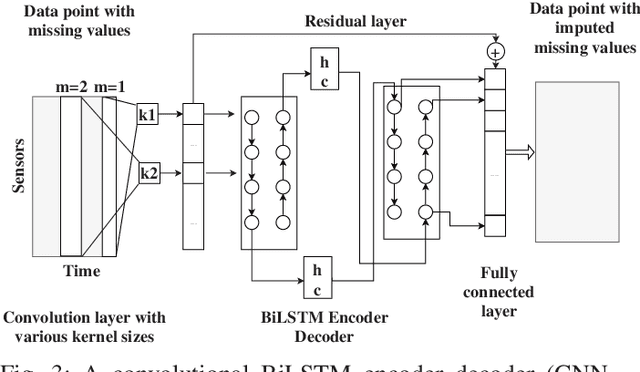
Abstract:When sensors collect spatio-temporal data in a large geographical area, the existence of missing data cannot be escaped. Missing data negatively impacts the performance of data analysis and machine learning algorithms. In this paper, we study deep autoencoders for missing data imputation in spatio-temporal problems. We propose a convolution bidirectional-LSTM for capturing spatial and temporal patterns. Moreover, we analyze an autoencoder's latent feature representation in spatio-temporal data and illustrate its performance for missing data imputation. Traffic flow data are used for evaluation of our models. The result shows that the proposed convolution recurrent neural network outperforms state-of-the-art methods.
A Spatial-Temporal Decomposition Based Deep Neural Network for Time Series Forecasting
Feb 02, 2019



Abstract:Spatial time series forecasting problems arise in a broad range of applications, such as environmental and transportation problems. These problems are challenging because of the existence of specific spatial, short-term and long-term patterns, and the curse of dimensionality. In this paper, we propose a deep neural network framework for large-scale spatial time series forecasting problems. We explicitly designed the neural network architecture for capturing various types of patterns. In preprocessing, a time series decomposition method is applied to separately feed short-term, long-term and spatial patterns into different components of a neural network. A fuzzy clustering method finds cluster of neighboring time series based on similarity of time series residuals; as they can be meaningful short-term patterns for spatial time series. In neural network architecture, each kernel of a multi-kernel convolution layer is applied to a cluster of time series to extract short-term features in neighboring areas. The output of convolution layer is concatenated by trends and followed by convolution-LSTM layer to capture long-term patterns in larger regional areas. To make a robust prediction when faced with missing data, an unsupervised pretrained denoising autoencoder reconstructs the output of the model in a fine-tuning step. The experimental results illustrate the model outperforms baseline and state of the art models in a traffic flow prediction dataset.
 Add to Chrome
Add to Chrome Add to Firefox
Add to Firefox Add to Edge
Add to Edge